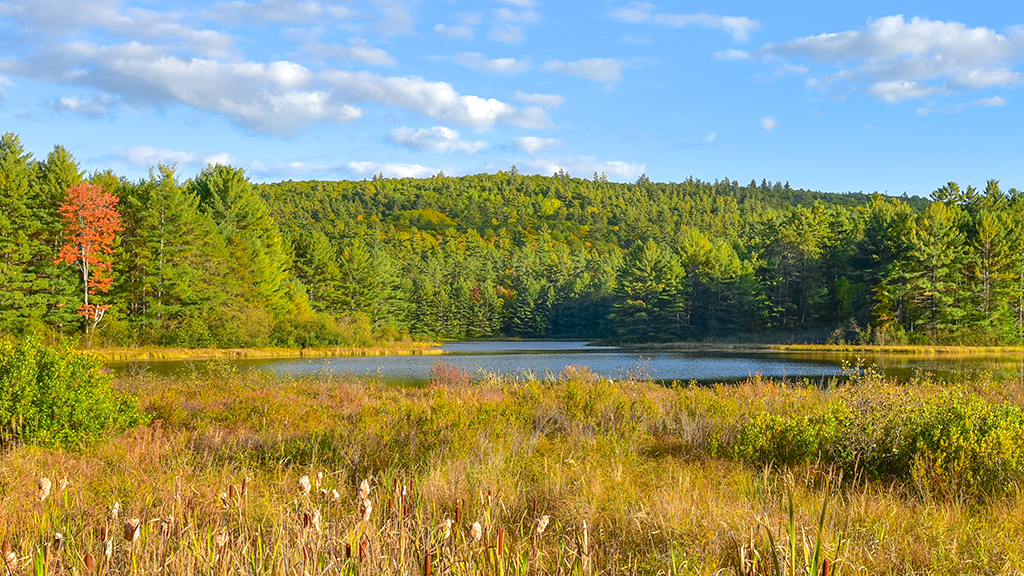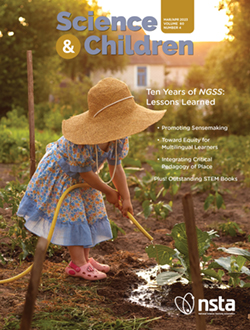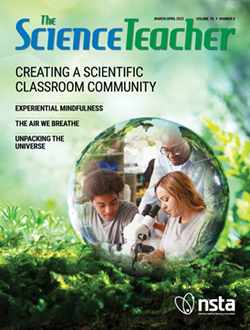Activating Students' Ideas: Linking Formative Assessment Probes to Instructional Sequence, K-5
Science teachers face an incredible challenging task of combining research on how students learn best, the three dimensions of the Science Education Frameworks that in themselves are complicated to understand, and instructional sequences that lead to deeper learning. Activating Students’ Ideas: Linking Formative Assessment Probes to Instructional Sequence is the type of book that stimulates teacher thinking and cultivates teachers’ skills and abilities necessary to take students to higher levels of learning.
Science teachers face an incredible challenging task of combining research on how students learn best, the three dimensions of the Science Education Frameworks that in themselves are complicated to understand, and instructional sequences that lead to deeper learning. Activating Students’ Ideas: Linking Formative Assessment Probes to Instructional Sequence is the type of book that stimulates teacher thinking and cultivates teachers’ skills and abilities necessary to take students to higher levels of learning.










